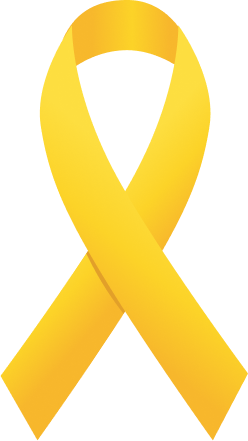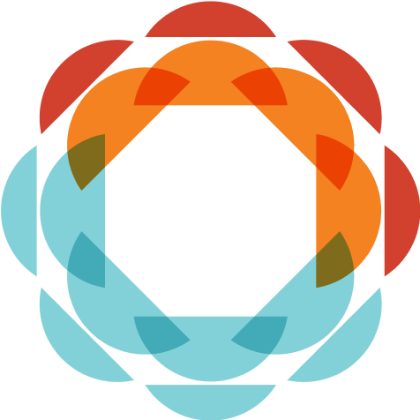
June 2025
In a month marked by uncertainty, disruption, and flashes of clarity, the Voice of the People Council found itself exactly where any bold, people-powered movement tends to land: somewhere between tension and transformation.
Across continents and Zoom calls, the ten working teams of the Council pushed forward, some diving into solutioning, others circling back to problem definitions, and many confronting a familiar challenge: how to work together when life keeps pulling everyone apart.
For some, like Team 9 on Jewish identity, it was a month of explosive creativity. “Our group came up with a large amount of original ideas about Jewish identity, culture and heritage,” said fellow Aharon Bekley, who described how the team pivoted into ideation after realizing, as he put it, “the group was hungry for talking solutions.” In just one session, 30 ideas surfaced, later analyzed and mapped to help the group narrow its focus. Now comes the hard part: “getting 14 busy people with a life to dedicate the amount of time needed to create the ‘historical’ solutions VoP said they wanted.”
"Our group came up with a large amount of original ideas about Jewish identity, culture and heritage ... the group was hungry for talking solutions."
Aharon, Team 9 Fellow
Meanwhile, Team 10, working on the same topic from a different angle, is deep into stakeholder mapping and early-stage intervention design. “We have 3-4 project ideas in the making,” said Salome Yael Kornfeld. For her, one line from a teammate stood out: a call to “create something that can create an impact in different areas of the world, so that it’s really an international project.”
That spirit of internationalism, and interconnection, carried through Team 7’s work on Jewish and non-Jewish relations. In June, the group reached a major milestone: each subgroup pitched their proposed solution. “What stood out was the level of professionalism, creativity, and collaboration,” said fellow Henry Karpovas Lisak. The meeting was interrupted by missile sirens in Israel, but participants continued presenting from safe rooms. “It was a powerful reminder of the resilience and dedication in the room,” he said.
Team 8 began shaping two concrete directions. According to fellow Orah Yokhanan, participation has been robust and the team is energized. “There was clear open-mindedness” she said, even when people voted against their own subgroup’s direction.
Other teams weren’t as synced. Fellow Ariel Grosman from Team 2, who’s working on antisemitism. Shared that even through their challenges, the team made progress on refining their challenge statement and applying new tools like the SCAMPER method. “Although this has been a very difficult time, particularly for Israel but also for the diaspora communities, we have managed to continue our work, adapt, and demonstrate resilience,” Ariel reflected.
“Although this has been a very difficult time, particularly for Israel but also for the diaspora communities, we have managed to continue our work, adapt, and demonstrate resilience,”
Ariel, Team 2 Fellow
Polarization teams were split—literally and figuratively. Team 4’s subgroups are working at different speeds, with some members eager to move fast toward tangible solutions, while others are taking a more analytical, research-driven approach. Amid that creative tension, one compelling question emerged from the group: “Could it be possible that the polarization is the symptom but not the cause?” Fellow Ben Wolkowicz also highlighted his team members’ outside efforts during the war, from advocacy to hospitality networks to on-the-ground media.
Team 3, also addressing polarization, kept things simple: “We managed to meet during the war” said fellow Gali Polichuk. But that was no small thing. Balancing work, family, and safety, many team members struggled to show up consistently.
Across the Council, dual-track teams continued moving in parallel. Teams 5 and 6, both focused on Israel–Global Jewry relations, revealed the friction, and beauty, of diverse working styles.
Team 6’s fellow, Daniel Mautner, shared that “some are more analytical and methodical, others want to dive into testing out different ideas and are less systematic.” His team is conducting interviews and building a stakeholder map with the help of council member Ryan Turkienicz, who introduced them to Design Thinking.
Some are more analytical and methodical, others want to dive into testing out different ideas and are less systematic.
Daniel, Team 6 Fellow
Team 5, by contrast, spent part of their June meeting “literally living out the relationship between Israel & Global Jewry,” said fellow David Gurov. One non-Israeli council member, reflecting on October 7, asked: “What did American Jews think about what was happening in Europe during the Holocaust?” For David, it was a powerful and sobering parallel, and an invitation to deepen the project’s urgency.
June wasn’t without its challenges, but every team made meaningful strides. Whether through ideation breakthroughs, deeper collaboration, or refining direction, each group moved forward. As the Council looks ahead to November, the groundwork is taking shape, layer by layer, idea by idea.
And yet, as the pressure mounts and November draws closer, one thing is clear: this council isn’t backing down.




By clicking “Accept All Cookies”, you agree to the storing of cookies on your device to enhance site navigation, analyze site usage, and assist in our marketing efforts.